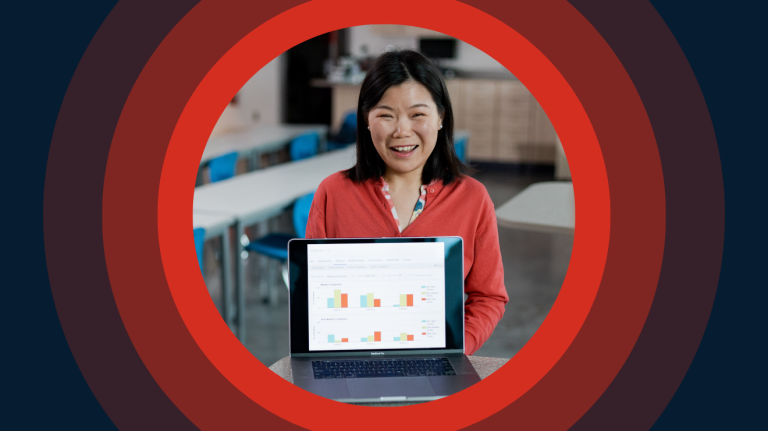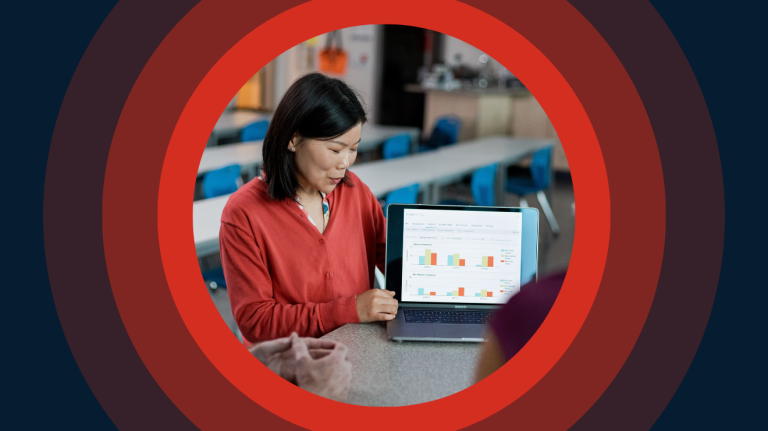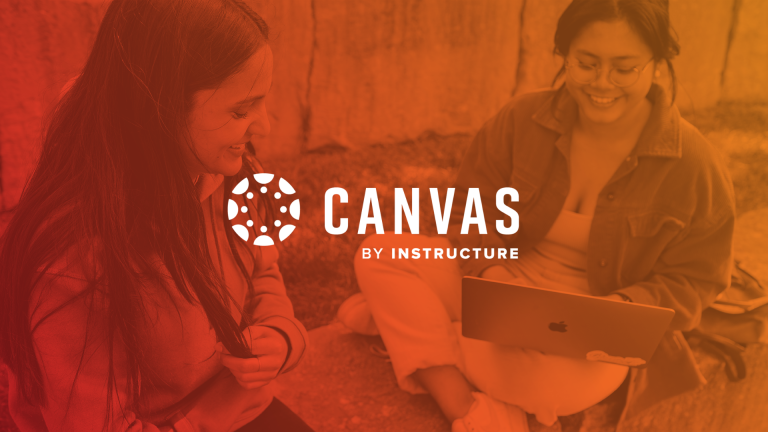Imagine possessing the keys to unlocking the full potential of your Learning Management System (LMS). Picture harnessing its power to optimise your team's educational and professional development, paving the way for an environment that thrives on continuous learning. Sounds impressive, right? It's achievable and you're on the brink of discovering how. Inspired by real-life LMS training success stories like that of the University of the East, you're about to embark on a journey of growth and evolution in the digital education space.
Unpacking LMS proficiency: Key benefits and insights
At the heart of effective educational and professional development systems is the LMS. But what truly defines the success of such a system? It all boils down to proficiency — how effectively educators and learners can use the system's features and tools. After all, if educators can’t easily use the system, they’ll teach another way. And if learners can’t use the system, they’ll struggle to master their topics of study. So, let’s start our exploration of how to make the most of your LMS by looking at LMS proficiency and why it's such a crucial component of a successful learning and development strategy.
Decoding LMS user proficiency
LMS user proficiency isn't just about the number of logins or course completions. It's about how users — educators and learners alike — are harnessing the platform's features and using it to its full potential. It's about the capacity to create, manage, and access content effectively, employ various interactive features, and essentially create an engaging, learner-friendly environment.
To accurately measure LMS proficiency, it's necessary to look at LMS usage statistics, which can offer valuable insights into patterns and behaviours. This data can highlight what's working and what's not, informing future learning and development strategies.
As an example, let’s say most of your educators or course creators aren’t using a particular feature. But then let’s say your learners are heavily using content that was created with that feature by the few educators who do use it. While there could be many reasons for that situation, it would be an indication that the feature is valuable to learners but that educators may not be comfortable using it. The data would certainly warrant further investigation.
The value of achieving LMS proficiency
Now, we just gave one example of why LMS proficiency can be important or valuable. But there are many other benefits. Indeed, the value of having high levels of LMS proficiency extend beyond simple functionality. Here are a few.
- Better learning outcomes: When educators are proficient in using an LMS, they can craft courses that effectively engage learners, facilitating better understanding and retention of information. In turn, this can lead to improved learning outcomes and better overall student performance.
- Efficient resource usage: A proficient user knows the ins and outs of their LMS and can harness its full potential. This means they can efficiently use the resources available in their strategy, eliminating wasted time and effort and ensuring every feature of the LMS is put to good use. This also delivers a better return on the investment in your LMS.
- Enhanced user experience: Proficiency also leads to a smoother, more seamless user experience. Navigating the LMS becomes effortless, encouraging users to explore further and take advantage of more features and tools. And when educators and learners have a better experience with a tool, they're much happier. For businesses with in-house training centres, that means better adoption of the materials being taught. For educational institutions, that means better satisfaction scores, which can help bring in more students in future years.
- Streamlined training process: When educators have a high level of proficiency with their LMS they can streamline their training processes, tailoring their approach to different learning styles and paces. This personalisation allows learners to progress at their own speed, ensuring no one is left behind.
- Data-informed decisions: Proficiency allows for the strategic use of LMS data to make informed decisions that enhance both teaching and learning. This can shape the future of educational strategies, leading to continual improvements and adjustments based on real-world usage and feedback.
Achieving LMS proficiency isn't an overnight process — it takes time and a commitment to continuous learning and development. But with the right resources and a proactive strategy, the payoffs can be massive.
Navigating proficiency levels and elevating expertise through LMS training
Now that we've established the importance of LMS proficiency, let's look at how we can identify different levels of proficiency and strategies to improve LMS usage with dedicated LMS training. Understanding these levels will provide a roadmap for targeted training, empowering educators and learners to use their LMS more effectively.
Unravelling LMS proficiency levels
In order to effectively improve LMS proficiency among educators, it's essential first to identify different user proficiency levels. It’s not a one-size-fits-all situation; each user may have varying skills and comfort levels with the platform.
For instance, a beginner or 'bronze' level user might only be familiar with basic features such as uploading content or managing discussions. An intermediate or 'silver' level user could be adept at using assessment tools, grading systems, or analytics. An advanced or 'gold' level user, on the other hand, might be able to confidently exploit advanced features, integrating external tools, or customising the LMS to create a unique and effective learning environment that perfectly suits their educational style.
It's also worth noting that silver- and gold-level educators are more likely to be good at guiding learners through the system, so they can access their materials and perform assessment tasks more easily.
Advancing LMS proficiency: Effective LMS training strategies
Once you've identified where your educators are in terms of LMS proficiency, you can take proactive steps to boost their skills and confidence. Here are some tried and tested LMS training strategies that can help improve system usage:
- Customised LMS training: Understanding proficiency levels allows for customised training programs. Bronze-level users may benefit from workshops that cover the basics, while silver users might require targeted training on more complex features. And gold users could benefit from sessions exploring advanced techniques and strategies.
- Peer learning: Encourage educators to learn from their peers. Experienced users can share best practices and tips, fostering a collaborative and supportive learning environment.
- Continuous support: Provide ongoing technical support to address issues promptly. This ensures technical difficulties don't stand in the way of learning and improving proficiency.
- Real-world practice: Offer opportunities for hands-on practice in a safe environment. This could be through sandbox courses where educators can explore features and try new strategies without fear of making mistakes.
- Recognition and reward: Acknowledge and celebrate progress in developing LMS proficiency. This not only motivates users but also reinforces the importance of continuous learning and development.
- Continuous optimisation: Once you start conducting LMS training, be sure to measure the impact of each session, so you can build on what works and try alternative ideas when something does generate the improvements you were hoping for.
It's also worth investing in some basic training materials for learners, to ensure they can navigate their course portals. A quick tutorial on the overall platform plus a welcome video from each course coordinator is usually sufficient when proficient educators have done a good job of building user-friendly courses.
The journey towards improved LMS proficiency is an ongoing one. But by understanding the different proficiency levels and implementing effective training strategies, we can empower our educators to fully harness the potential of their LMS, thereby elevating the learning experience for all.
LMS training case study: Improving LMS proficiency at the University of the East
A practical example often illuminates the path forward, so let's look at the real-world LMS training activities conducted by the University of the East in Manilla, the Philippines (click the link if you'd like to view the full case study in detail). This case study demonstrates how understanding and enhancing LMS proficiency can truly transform the educational landscape.
Setting the stage: Assessing proficiency levels
The University embarked on its journey towards LMS proficiency by first understanding the skill levels of its educators. By conducting an e-survey among its teaching staff, the University identified varying proficiency levels and gauged the educators' comfort and familiarity with the LMS of their choice, Canvas.
The features assessed included:
- Managing pages, modules, and announcements
- Creating quizzes and assignments
- Handling chats and messages
- Conducting discussions
- Taking attendance
- Grading Using the calendar
- Analysing new data
The different facets of using these elements were then categorised into bronze, silver, and gold proficiency levels, providing a clear benchmark for future training efforts.
Boosting proficiency: A tailored approach to LMS training
The University took a targeted approach to enhancing LMS proficiency among its educators. Initial training included workshops, face-to-face sessions, and change management training for academic unit heads. Educators also collaborated to develop course blueprints, allowing for creativity and customisation while ensuring a common framework.
The results from the e-survey were used to refine and target these training programs further. For example, even gold-level users found some activities challenging, such as applying automatic deductions for late submissions and using New Analytics for student performance assessment. Therefore, these areas were included in the training agenda to ensure even the most proficient users continue to learn and grow.
Seeing the results: A rising tide of proficiency
The efforts of the University bore fruit. A significant 47.2% of the surveyed users achieved gold-level proficiency, with more than eight in 10 users achieving at least bronze proficiency. This showed a clear improvement in LMS usage, marking a shift towards a more engaging and effective learning environment.
The journey ahead: Towards continuous improvement
The University of the East is continuing to focus on enhancing Canvas proficiency. Its future LMS training agenda includes differentiated learning through mastery path, migrating to new quizzes, and integrating learning outcomes into course components. The goal is to maximise the use of Canvas features and align these with institutional goals, driving ongoing learning and development.
This case study showcases the transformative power of investing in LMS training. It illustrates how a strategic approach — starting from understanding proficiency levels, customising training, and then continually reassessing needs — can truly empower educators and enhance the learning experience.
Seizing the future: The power of LMS training
In a nutshell, LMS training isn't just another item to check off your to-do list; it's the engine that drives educational and professional growth. Understanding LMS proficiency is crucial if you're to fully exploit the potential of your learning management system. By assessing and nurturing proficiency levels, as demonstrated by the University of the East, you can foster an environment of continuous learning and improvement and generate a greater ROI from your investment in your LMS.
Whether you're an educator in Australia and New Zealand or a business manager overseeing an internal training program, now's the perfect time to take a fresh look at your LMS strategy. Consider your current proficiency levels and map out your training strategies accordingly. And if you need some help developing Canvas training programs, or you're curious about whether your organisation may be missing out on some useful Canvas LMS features, don't hesitate to reach out to our friendly team of experts.
Remember, the journey towards proficiency isn't a sprint but a marathon. Let's seize the future of education together, one LMS training session at a time.
Related Content
 the_five_essentials_for_vocational_learning_platforms.png
the_five_essentials_for_vocational_learning_platforms.pngBlogs
 signs_its_time_to_rethink_your_learning_platform.png
signs_its_time_to_rethink_your_learning_platform.pngBlogs
 from_admin_tool_to_growth_driver.png
from_admin_tool_to_growth_driver.pngBlogs
